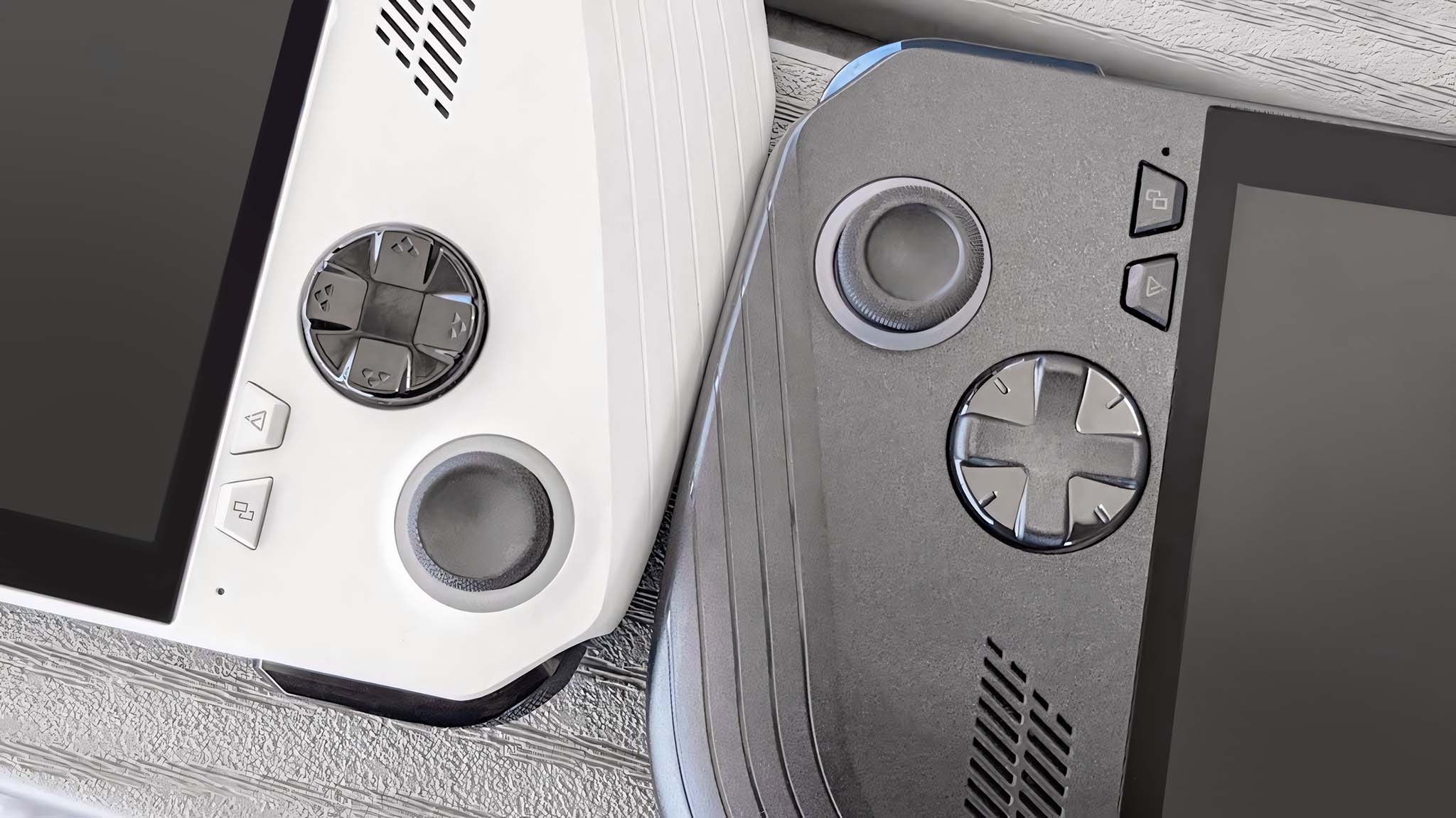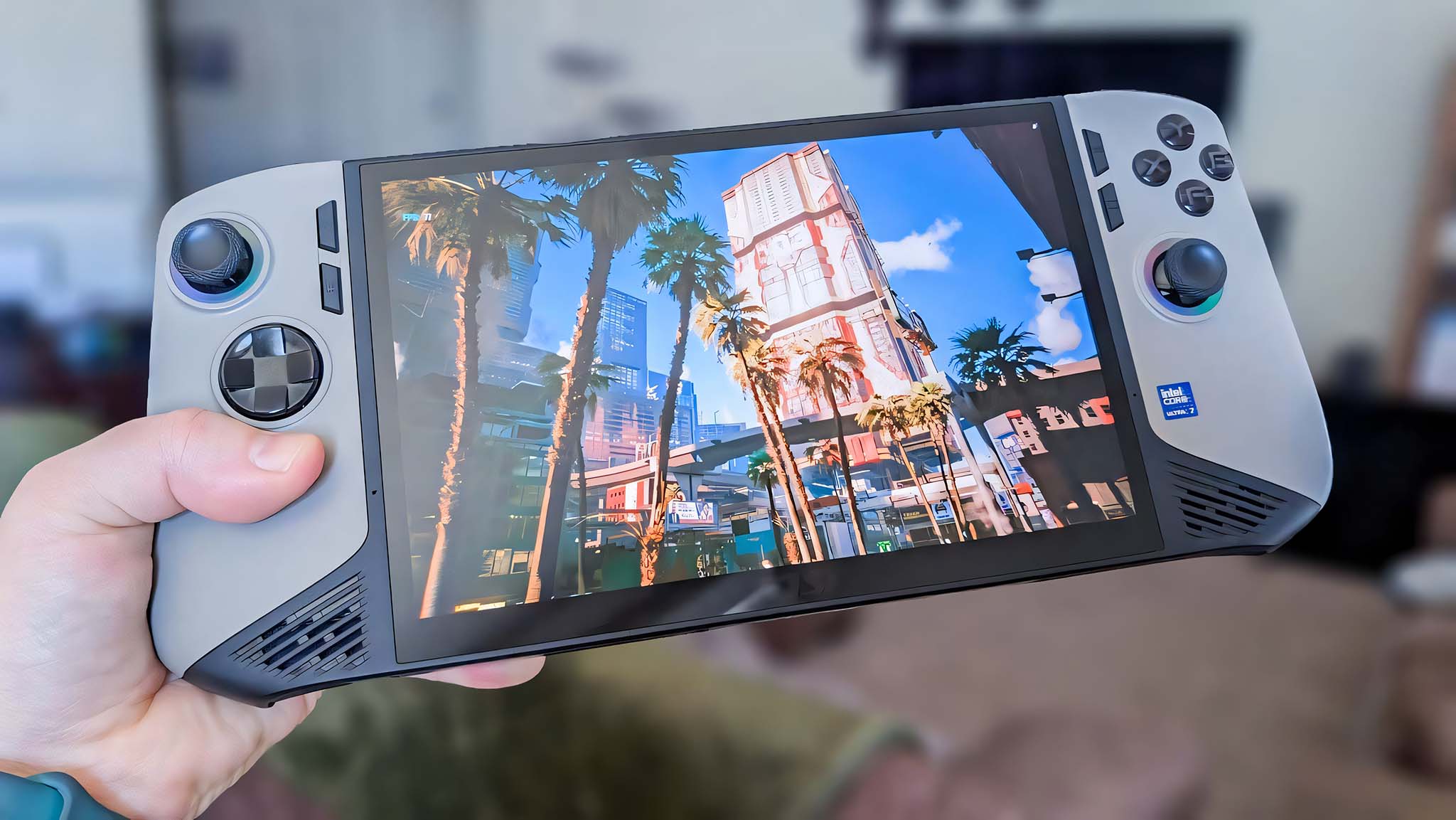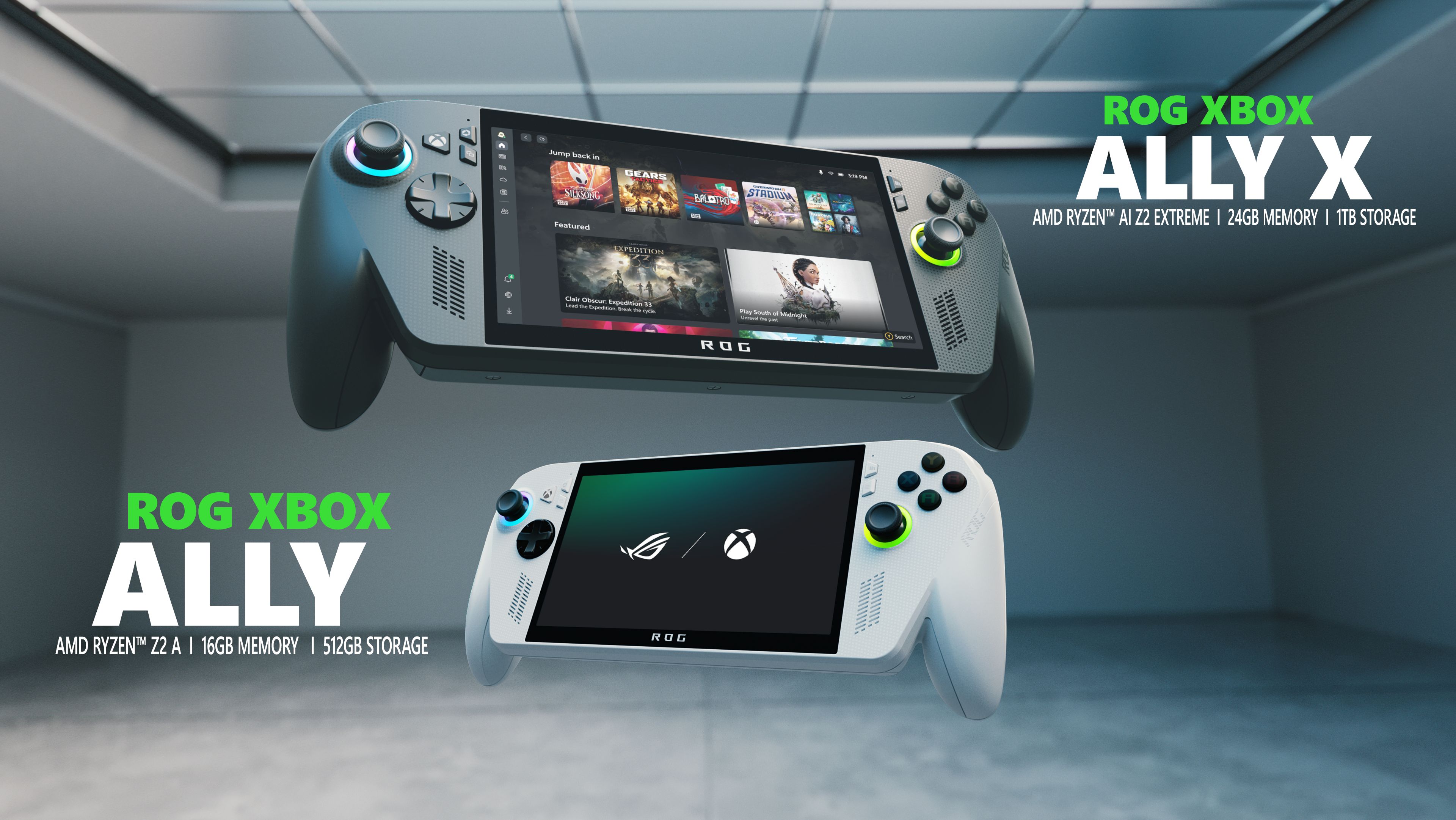AMD's Z2 Extreme vs Z1 Extreme — early insights uncover performance and driver challenges

AMD's Z1 Extreme APU has been a massive boon to the handheld gaming world, offering up impressive performance in hardware like the ASUS ROG Ally, ROG Ally X, and Lenovo Legion Go.
But AMD did not just create one Extreme chip before exiting the market. As revealed at IFA 2024, AMD was already working on the Z2 Extreme as a successor, with AMD's Senior VP, Jack Huynh, suggesting that it would improve battery life in performance mode from approximately 45 minutes to 3 hours.
CES 2025 is where AMD officially took the wraps off the Ryzen Z2 Extreme, Z2, and Z2 Go, with MSI specifically announcing its Claw A8 gaming handheld with the Z2 Extreme inside a few months later at Computex 2025.
Considering how potent an APU the Z1 Extreme continues to be today in the best gaming handhelds on the market, the Z2 Extreme has a lot of people excited.
Unfortunately, some of the hype appears to be overblown, at least according to an excellent hands-on comparison between the Z1 Extreme and the Z2 Extreme from the YouTube channel ETA PRIME.
How does Z2 Extreme performance compare to the Z1 Extreme?
ETA PRIME was able to get its hands on an early model of the MSI Claw A8, which, so far, has only been sold in China. Preorders for the Claw A8 have kicked off in Europe, but other regions are still tapping their toes, awaiting the handheld.
With the ASUS ROG Ally X featuring the AMD Z1 Extreme chip also in hand, ETA PRIME is able to give a detailed breakdown of the performance from both chips.
All the latest news, reviews, and guides for Windows and Xbox diehards.
As mentioned in the video, these results do come with some caveats. It's still the early days for driver support for the newer hardware, and, as with previous handhelds, the right updates can boost frame rates.
At the time of making this video with the drivers we have for that Z2 Extreme, I wouldn't run out and upgrade from the Z1 just yet.
ETA PRIME (YouTube)
The Z2 Extreme runs 8 cores — split into three Zen 5 and five Zen 5c — and 16 threads, with 16 RDNA 3.5 integrated GPU cores in tow. It runs between a 15W and 30W TDP.
The Z1 Extreme has the same core and thread count, though it uses the older Zen 4 architecture. The RDNA 3 integrated GPU boasts 12 cores, and the whole chip operates between a 15W and 30W TDP.
Comparing the handheld memory, both units have 24GB of LPDDR5x RAM (the ROG Ally X hits 7,500MT/s while the Claw A8 hits 8,000MT/s), and both run Windows 11.
In Geekbench, with the handhelds running at 17W, the Z2 Extreme bests the Z1 Extreme with a 2,325 single-core score (compared to 1,795), though it falls behind the multi-core performance with a 7,892 score (compared to 7,922). Bumping the chips up to a 25W TDP has the Z2 Extreme come out ahead in both categories.
The OpenCL Geekbench scores at 25W again fall in favor of the Z2 Extreme. It hits a 33,488 score while the Z1 Extreme hits 27,807.
Moving to 3DMark, the Z2 Extreme continues to come out ahead of the Z1 Extreme, besting it in Time Spy and Steel Nomad.
Synthetic benchmarks are one thing; they certainly have their value, but I prefer seeing real-world results in games. ETA PRIME delivers.
Running Cyberpunk 2077 with the Steam Deck preset at a 25W TDP reveals only a 4FPS difference. That's not a typo — the Z1 Extreme averages 42.66 FPS, with the Z2 Extreme averaging 46.65 FPS.
At a 17W TDP, the Z1 Extreme averaged 32 FPS while the Z2 Extreme averaged 39 FPS. ETA PRIME also dropped the resolution to 900p with the same 17W TDP, and that's where the Z2 Extreme saw the most improvement. It hit 45.56 FPS while the Z1 Extreme averaged 35.47 FPS.
Moving to Shadow of the Tomb Raider, at 1080p with a 25W TDP, the Z2 Extreme averaged 64 FPS. The Z1 Extreme averaged 59 FPS, so not a big difference again.
Forza Horizon 5 is a similar story, averaging 80 FPS on the Z2 Extreme and 76 FPS on the Z1 Extreme. Both chips were running at a 25W TDP.
Black Myth: Wukong running at 1080p with a 25W TDP saw the Z1 Extreme average 44 FPS and the Z2 Extreme 49 FPS.
Finally, Horizon Zero Dawn Remastered at 1080p with a 25W TDP saw the Z1 Extreme average 30 FPS and the Z2 Extreme average 31 FPS.
Can the Z2 Extreme catch up with the Z1 Extreme after driver updates?
As ETA PRIME points out in the conclusion of their video:
"At the time of making this video with the drivers we have for that Z2 Extreme, I wouldn't run out and upgrade from the Z1 just yet. Like I mentioned at the beginning of the video, I do expect we'll see better performance in a lot of these games; just like the Steam Deck and the Ally when it was released, there were games that just didn't run. Now, we're seeing pretty good frame rates across the board."
It's not a bad thing to remain optimistic about the Z2 Extreme's potential, but those drivers will have to do a lot of heavy lifting to arrive at a performance gap large enough to convince gamers to upgrade.
It's worth pointing out that the upcoming Xbox Ally and Xbox Ally X, built in partnership between Microsoft and ASUS, come with the Ryzen Z2 A and Ryzen AI Z2 Extreme chips, respectively.
In the hierarchy of all of AMD's Ryzen Z1 and Z2 chips, the AI Z2 Extreme sits at the very top, while the Z2 A comes in just ahead of the standard Ryzen Z1. It will be very interesting to see how these chips perform when the Xbox hardware finally arrives.

Cale Hunt brings to Windows Central more than nine years of experience writing about laptops, PCs, accessories, games, and beyond. If it runs Windows or in some way complements the hardware, there’s a good chance he knows about it, has written about it, or is already busy testing it.
You must confirm your public display name before commenting
Please logout and then login again, you will then be prompted to enter your display name.



